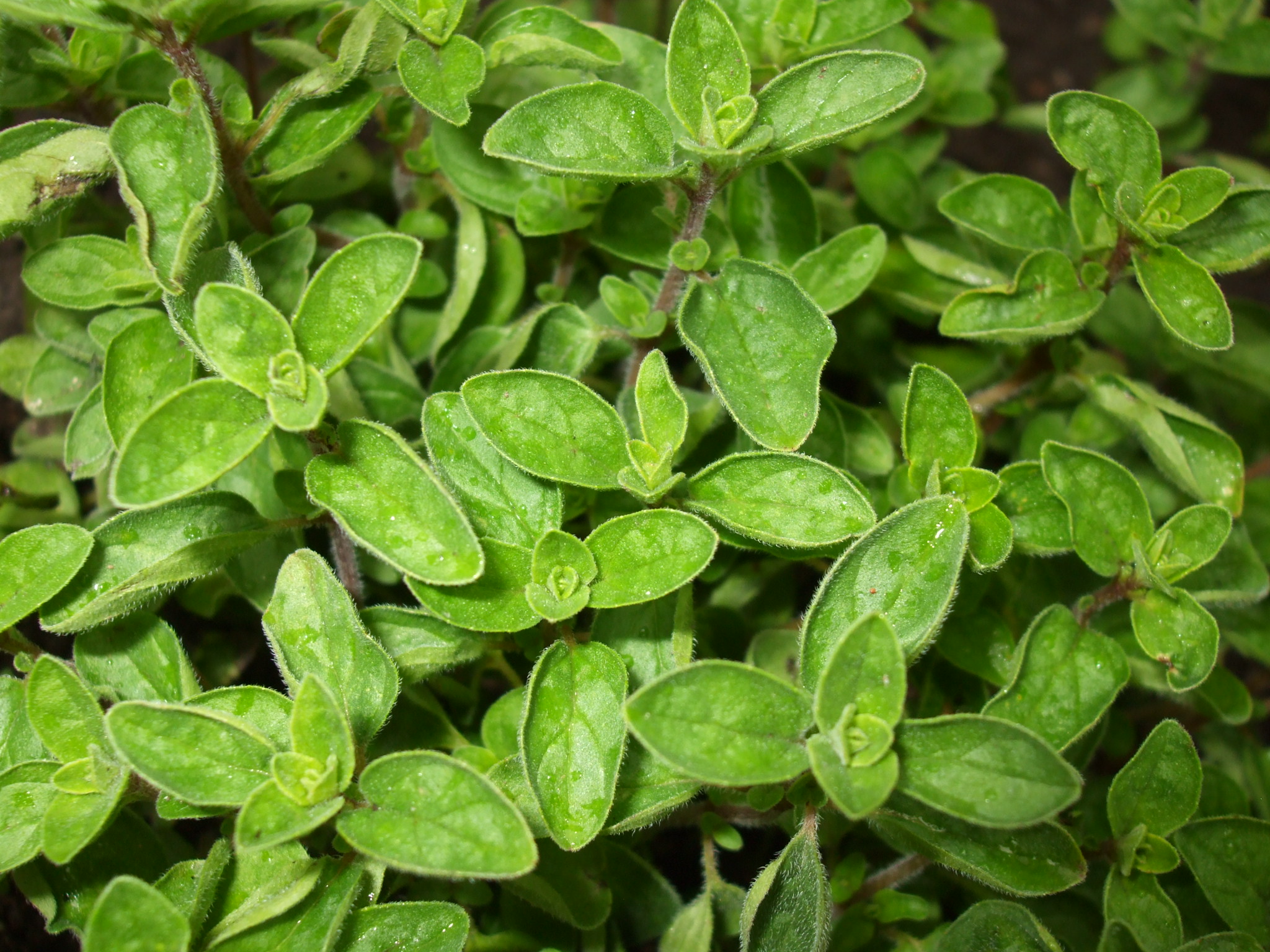Physical characteristics
A small, clump-forming
Flowers and foliage
A herb with aromatic rounded to ovate dark
Preferred site
Prefers
Preparation for planting
Always choose healthy, well-grown
Maintenance tips
Apply an organic mulch
Ecological and biodiversity benefits
The flowers attract plenty of beneficial insects to the garden.
Companion and combination plants
A great companion for cabbages.
Location at Auckland Botanic Gardens
Herb Garden




.jpg?width=1200&height=1200&v=1d4024dceb89e50)

.jpg?width=1200&height=1200&v=1d5569224d63650)
 .jpg?width=1200&height=1200&v=1d4024df6ce2770)
.jpg?width=1200&height=1200&v=1d55676a892f2b0)
 .jpg?width=1200&height=1200&v=1d4024e3b65f7f0)